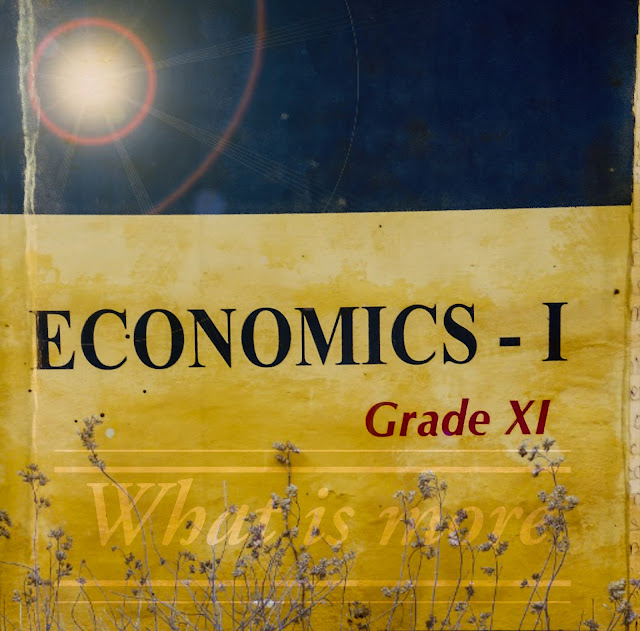What is demand and its various types?
Definition of Demand...
In common language, demand is same as desire. But in economics, demand means effective desire which is supported by ability to pay and willingness to pay for goods and services. For example: if a poor person wanted to have an iPhone, it’s just his/her desire because he/she doesn’t have ability to pay for iPhone. Similarly, if a rich person wanted to buy an iPhone , it may be a demand because he/she has ability to pay for iPhone. To have a complete definition of demand, the price per unit of a commodity and the period of time in which quantity is being demanded should be clearly stated. Therefore, demand means desire, ability to pay and willingness to pay for goods and services at certain price during a certain period of time.
According to Benham, “The demand for anything at a given price is the amount of it, which will be bought per unit for time at that price”.
Thus demand for a commodity is defined as a schedule which shows various amounts of that commodity which consumers are willing and able to purchase at various prices during some specified period of time in a given market.
Types of Demand...
Generally, demand is of two types. They are:-
A. Direct demand
B. Indirect demand
A. Direct demand: It is of there types which are as follows:-
1. Price demand: The quantity demanded for a commodity which is influenced not by other factors but by the price of the commodity itself is called price demand. Generally, when price decreases, quantity demanded for a commodity increases and vice versa, other factors remaining the same.
2. Income demand: The quantity demanded for a commodity which is influenced not by other factors but by the income of consumer is called income demand. It’s of two types. They are:
a. Demand for superior: If quantity demanded for a commodity increases along with the increase in income of consumer and vice versa, other factors remaining the same then it’s called income demand for superior goods.
b. Demand for inferior: If quantity demanded for a commodity decreases along with increase in income of consumers and vice versa, other factors remaining the same then it’s called income demand for inferior goods.
3. Cross demand: The quantity demanded for a commodity which is influenced not by other factors but by the price of its related commodities is called cross demand. It’s of two types which are as follows:
a. Demand for substitute: If quantity demanded for a commodity increases along with the increase in price of its related commodities and vice versa , other factors remaining the same then it’s called cross demand for substitute goods.
b. Demand for complementary: If quantity demanded for a commodity increases along with the decrease in price of related commodities and vice versa, other factors remaining the same then it’s called cross demand for complementary goods.
B. Indirect Demand: It’s of three types. They are as follows:-
1. Joint demand: Quantity demanded for various interrelated commodities which are most essential to fulfill our single want is called joint demand. It is related to the quantity demanded for complementary goods. For example: demand for tea, sugar, milk etc. To make a cup of tea.
2. Direct and derived demand: Quantity demanded for a final commodity is called direct demand whereas quantity demanded for various interrelated commodities which are used to make a final commodity is called derived demand. Demand for a cup of tea is an example of direct demand whereas demand for tea, sugar, milk etc. To make a cup of tea is an example of derived demand.
3. Composite demand: Quantity demanded for a commodity which can be used for several purposes or uses is called composite demand. For example: demand for electricity which can be used for cooking, lighting, heating etc.




Comments
Post a Comment
If you have any problem then share with me.